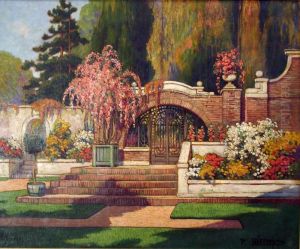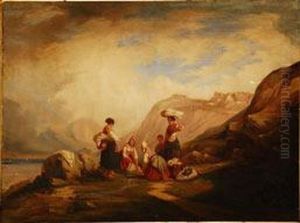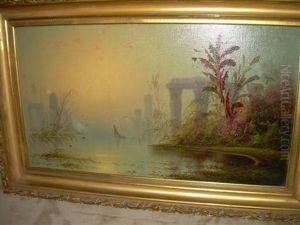Paul Delacroix Paintings
Ferdinand Victor Eugène Delacroix, known as Eugène Delacroix, was a French Romantic artist regarded as the leader of the French Romantic school. Delacroix was born on April 26, 1798, in Charenton-Saint-Maurice, France. Despite the common misconception, he was not of noble descent, though he grew up in a prosperous family. Delacroix received his early education in Paris and showed an affinity for the arts from a young age. He was initially trained by Pierre-Narcisse Guérin in the neoclassical style, but he soon developed a passion for the more expressive and emotional qualities of Romanticism, drawing inspiration from artists like Peter Paul Rubens and the literature of William Shakespeare and Lord Byron.
Delacroix's career was marked by a constant quest for expression and color, which he prioritized over line and clarity, distinguishing him from his neoclassical contemporaries. One of his most famous works, 'Liberty Leading the People' (1830), encapsulates the spirit of the July Revolution of 1830 in France with dramatic imagery and vibrant emotion, cementing his place in art history. His oeuvre is vast, encompassing murals, portraits, and landscapes, each imbued with a dynamic sense of movement and an intricate use of color, which would later influence the Impressionist and Symbolist movements.
Throughout his life, Delacroix was also a prolific writer, keeping journals from 1822 until his death in Paris on August 13, 1863. These writings provide invaluable insights into his artistic theories and his views on the nature of art. Delacroix's legacy is profound, with his approach to color and composition impacting artists such as Paul Cézanne and Vincent van Gogh. His work remains celebrated for its boldness, intensity, and emotional depth, making him a pivotal figure in the transition from the classical to the modern movements in art.


